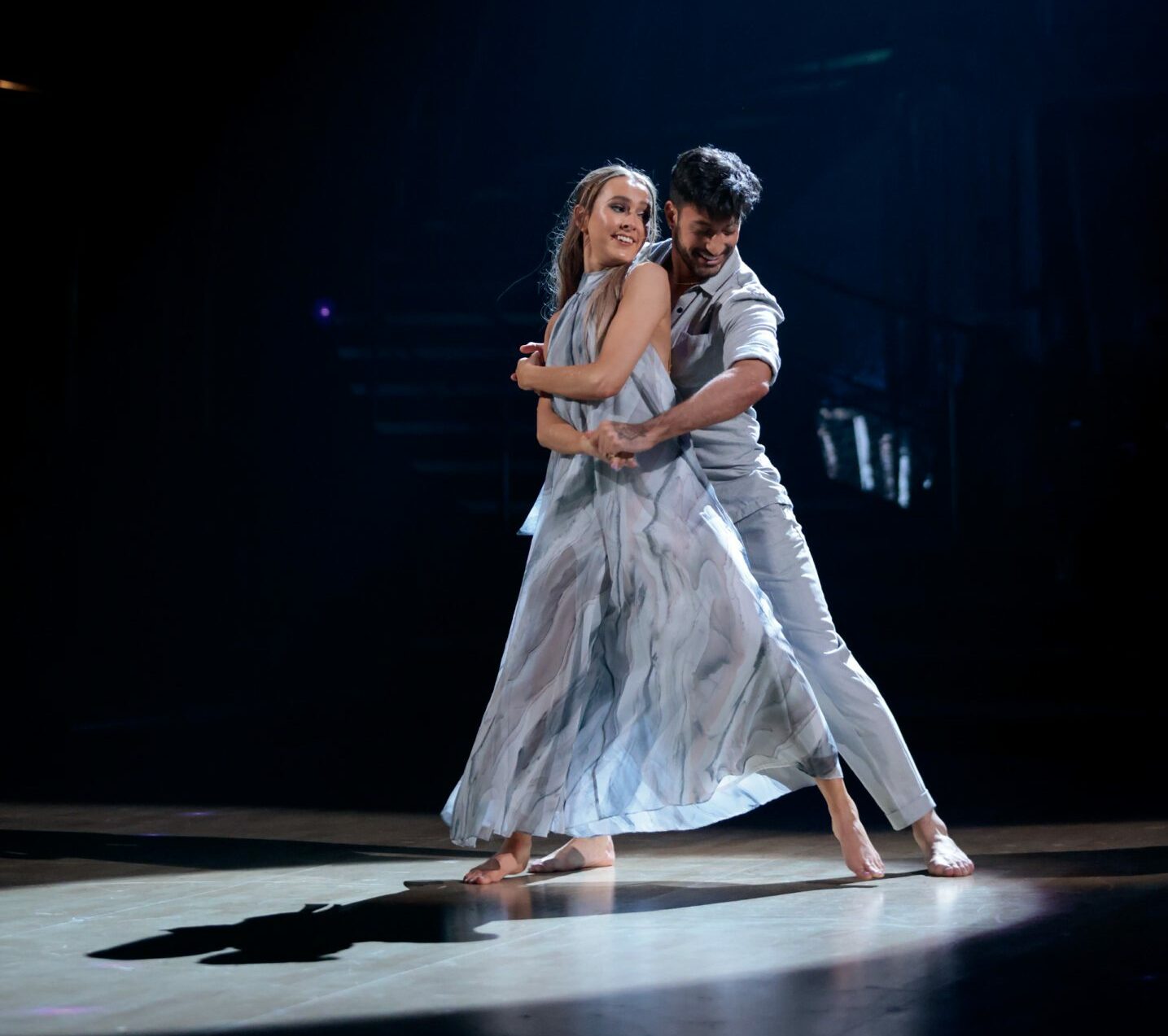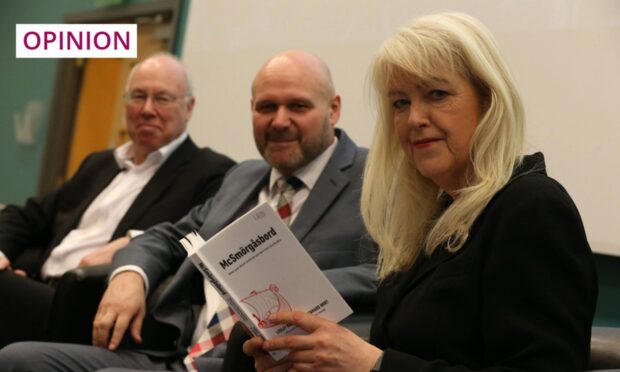For many of us, Strictly Come Dancing has become an annual Saturday evening feature in the run-up to Christmas.
Over 19 series, almost 300 celebrities – actors, sports stars, TV personalities, comics and more – have been matched up with professional dancers to learn, perform and compete in front of the nation.
It’s dramatic, it’s entertaining, it’s competitive. And now, thanks to the impact of one Rose Ayling-Ellis, it’s also breaking new ground for inclusivity, deaf awareness and equality.
Never before has a profoundly deaf person had such an impact on popular culture. Deaf awareness and British Sign Language are in the public eye like never before and it’s incredible for many in the deaf community, who often feel ignored and isolated.
This talented young woman is cheerful, positive, high performing, and inspiring. She’s not disempowered or disabled. She’s not trying to hide; she’s proud of her deaf identity, but she’s also able to interact with the hearing people around her by encouraging them to meet her halfway.
Message for deaf children is: ‘We can do it’
The widely held misconception that deaf people can’t dance, has been blasted to pieces. Rose is inspirational, especially for deaf children, for whom the message comes across loud and clear: “We can do it”.
All of a sudden, for a moment, the playing field was levelled. Thousands of hearing people in the UK suddenly ‘got it’
But so is Sicilian professional dancer, Giovanni Pernice, her allotted dance partner. The relationship is made all the more equal as, although Rose is deaf and Giovanni is hearing, neither have English as their first language, necessitating flexibility and willingness to adapt; incidentally, both key ingredients to reducing the marginalisation of cultural and linguistic minorities in any situation.
Although a seasoned professional, Giovanni is being flexible and responsive – he’s willing to adapt and is prepared to take risks. Giovanni isn’t compromising to make allowances for Rose’s deafness, he’s capitalising on her abilities. And he’s learning as much as Rose. Together, they’re sending a strong message.
Giving the deaf community a voice
Recently, we were dumbfounded as their couple’s choice routine took us all by surprise. It was genius in its simplicity. Just turn the music off and keep dancing! And they did.
All of a sudden, for a moment, the playing field was levelled. Thousands of hearing people in the UK suddenly “got it”.
Viewers posted on social media that it had moved them to tears. Yet, what was it that made the silent sequence so impactful? Why is this such an important moment for the deaf community?
Instead of calling a #deaf person “inspiring” which reeks of “I don’t know how you do it!” and sees deafness as something to ‘overcome’ rather than work with… how about calling them hard working, talented, funny, motivating, positive….?! 😉 #pauseforthought#deafness#bsl
— Rebecca A. Withey (@DancingPhoenix) November 1, 2021
Rebecca A Withey sums it up perfectly on her blog, The Limping Chicken. The dance gave the hearing audience some experiential insight as to what it’s like to be deaf. It showcased deafness in a positive light. It was a powerful message of balance and what can happen when these two worlds unify.
It challenged the expectation that dance requires music and therefore, the ability to hear. It showed how hard Rose and Giovanni work to achieve such synchronicity.
“Thank you, Rose and Giovanni,” writes Rebecca, “for continuing to give the deaf community a voice. We feel heard.”
It’s fitting that the last word in this column goes to Rose herself, posted from her Twitter account:
“Just a small reminder that the best people to ask about the deaf community are deaf people themselves. Please put the spotlight on them, it is a beautiful chance to learn from them.”
Adam Hillhouse is the head of enterprise at North East Sensory Services (NESS), the local provider of services to blind and deaf people in the North East of Scotland, from Moray to Dundee











